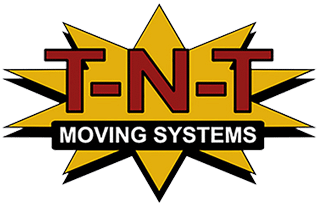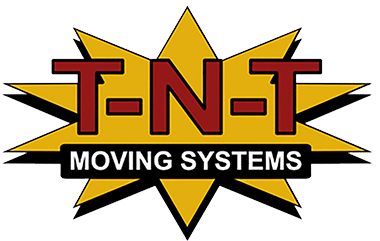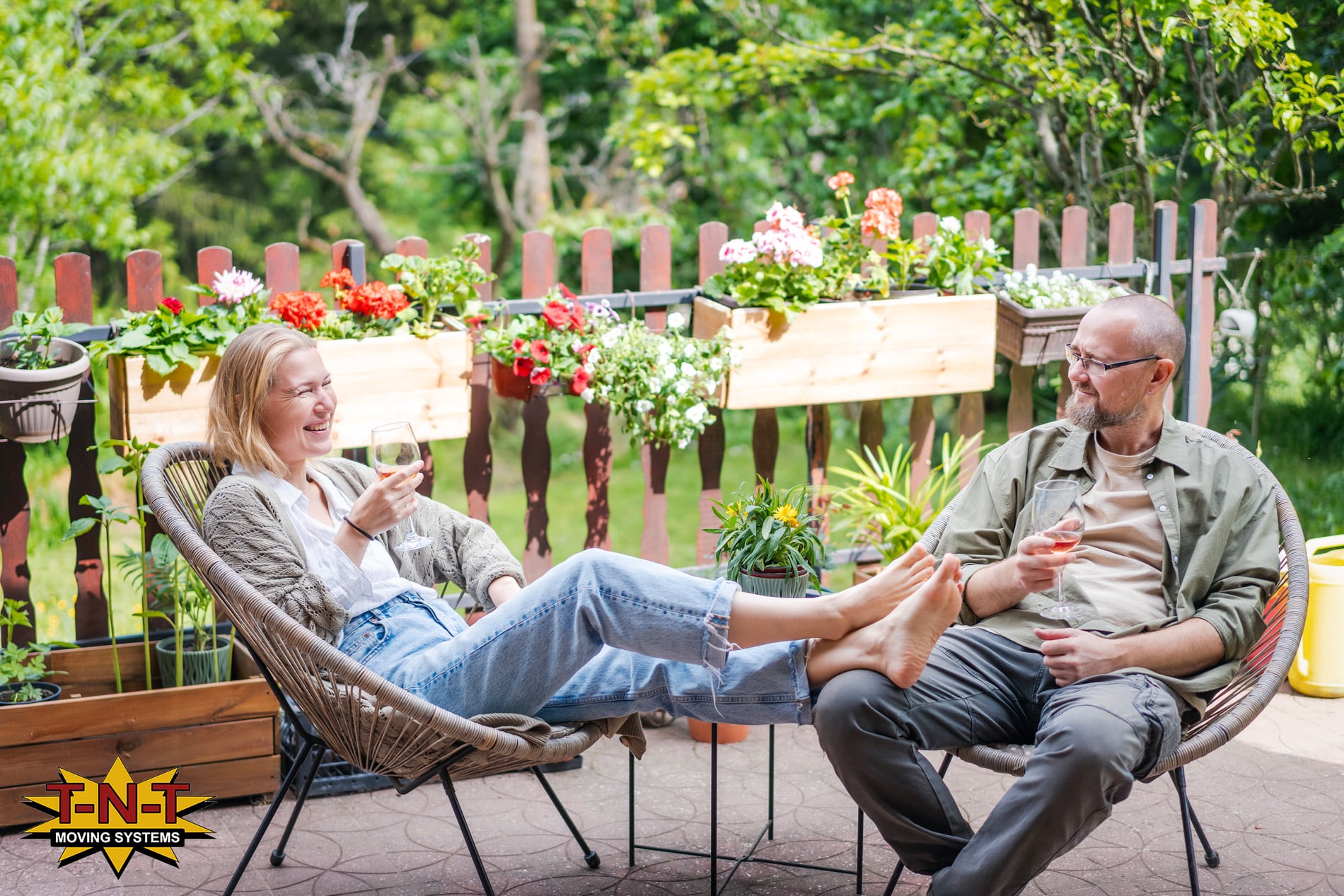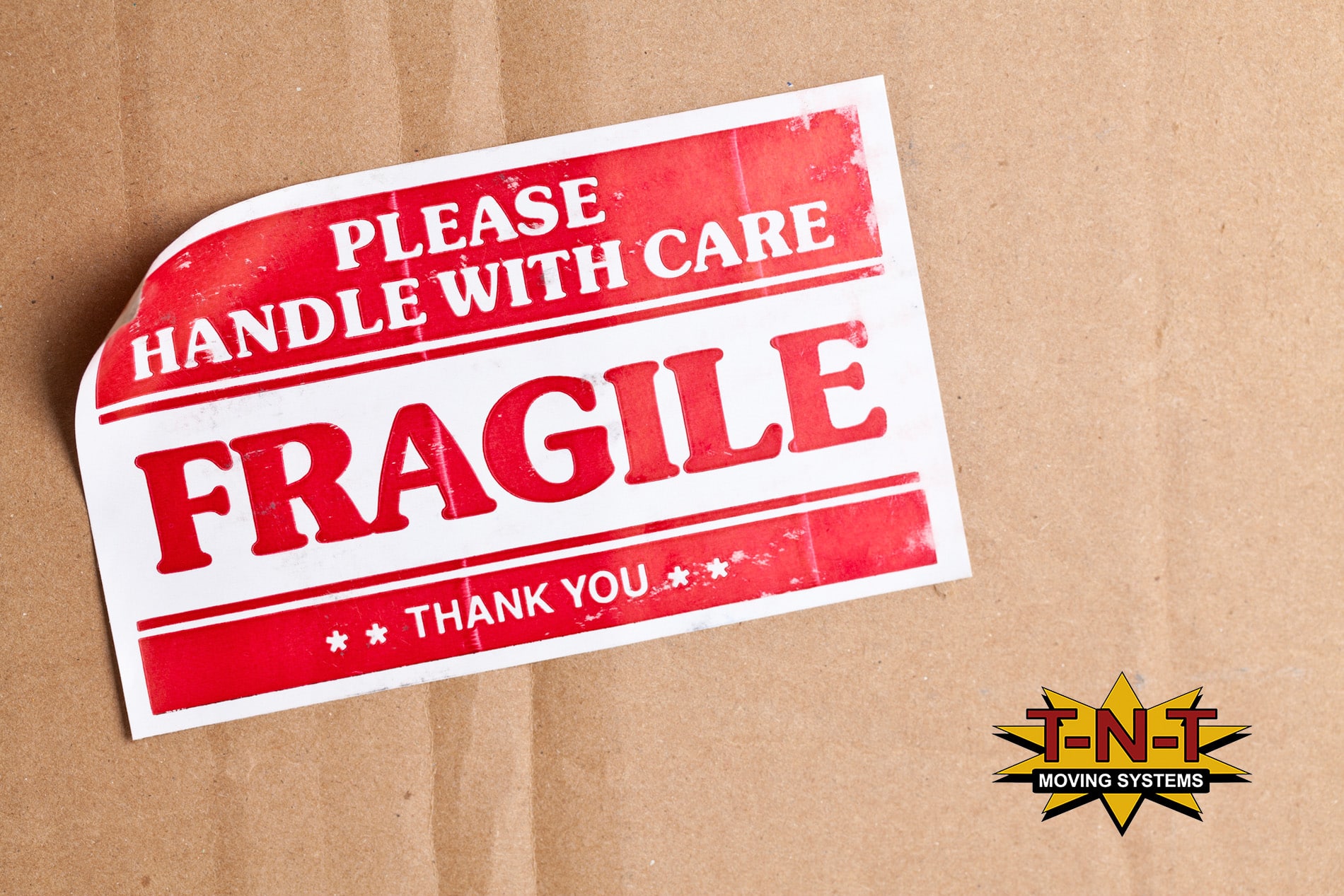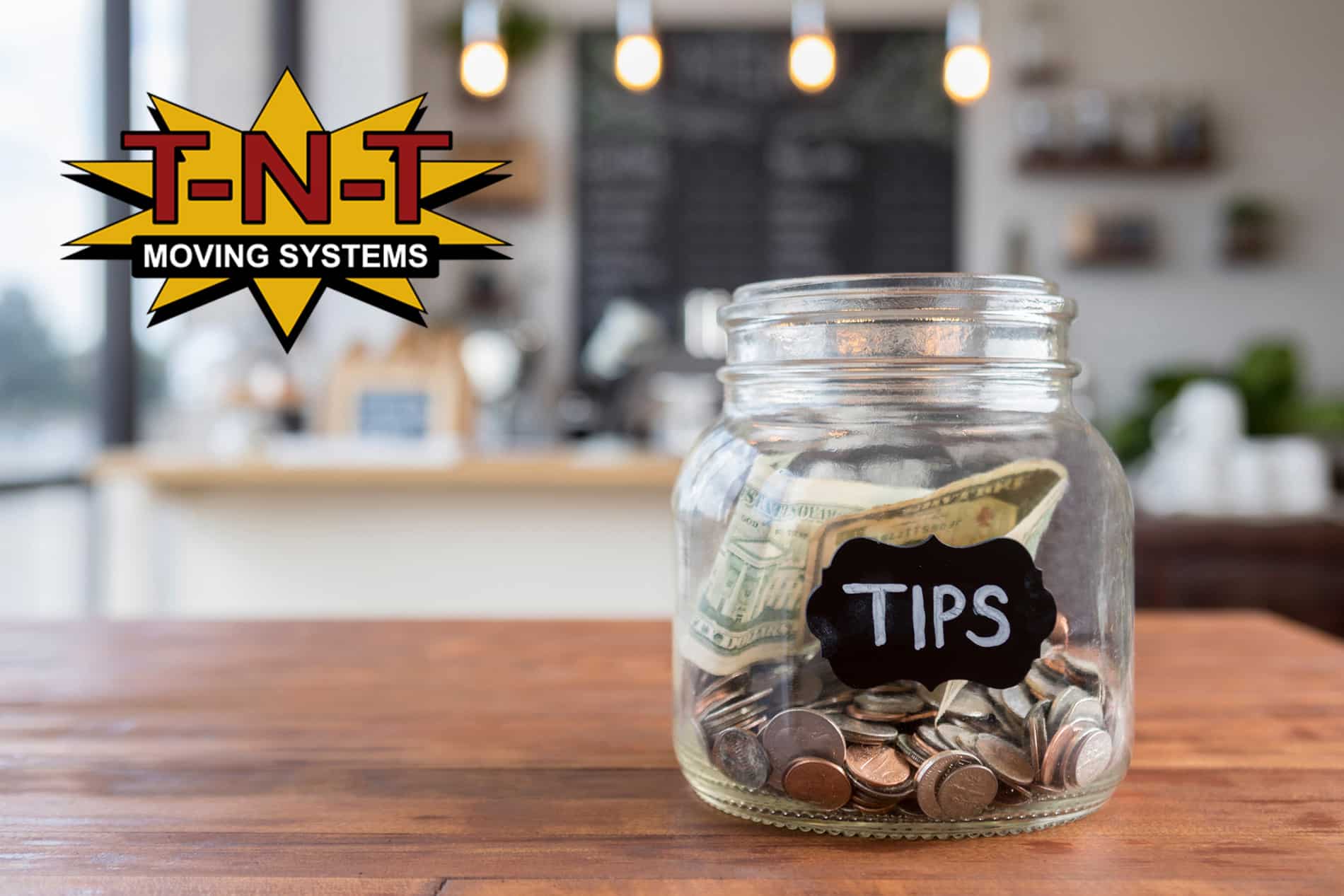The Perfect Plan for an Easy and Seamless Move!
Moving is one of the more stressful times in people’s lives, yet according to the United States Census Bureau, 14.19% of Americans do so annually. On average, Americans move 11.7 times in their lifetimes!
In 2017, only 11% of the US population moved. This is the lowest moving rate since the Census Bureau began tracking it in 1948—a year which saw more than 20% of the population relocate.*
Moving to a new home doesn’t always mean moving very far, though. Most movers never even leave their own county, let alone their own state. Here’s a breakdown:*
- 62% of movers in 2017 remained in the same county after their move.
- 34% of movers relocated to a different county (including same-state and different-state moves).
- 4% of the moving population came from abroad.
*www.move.org
Whether you are moving across the county or across the country, at T-N-T Moving Systems we take pride in offering you exceptional service and getting you moved easily on a timeline that works for you and your family.
Early planning and staying organized are very important as you plan a move, and staying on task will help lesson the stress of moving.
Here are some tips to help you with planning:
Before the move.
Packing:
- Break down the packing process into manageable steps—perhaps one room at a time and start early so you don’t feel overwhelmed. Pack the non-essentials first. If moving in the summer, pack your winter clothes first.
- Remember to label your boxes to make it easier to find things later. Note what room and floor they should be delivered to. A magic marker is your new best friend!
- Consider what you are packing. Do you still use it? Need it? Donating to local charities is easy and some even pick up larger items like furniture. Consider having a moving sale.
- Safely recycle old paint, electronics, batteries, and mattresses that you are not taking with you. Check your local municipality for guidelines and recycling locations.
- Book a moving company!
Here are seven packing tips from www.moving.com:
1.Don’t Procrastinate
This seems simple enough, but getting started can be difficult. A few weeks prior to your move, start packing several boxes a day. Begin with items that are least essential to your daily life. If you pace yourself, you will be more organized and the job won’t be so overwhelming. Make packing easier by not waiting to get started.
2.Pack room-by-room
Focus on one area of a room at a time and don’t mix items from different rooms in one box. To prevent miniature knickknacks and small items from being lost or mistakenly thrown out with the packing paper, wrap them in brightly-colored tissue paper.
3.Packing Labels
Label clearly. On the top and side of each box, write a general description of the contents and the room name. Use different colored markers for each room, which will provide additional clarity for you and your movers.
4.Use Packing Paper
Stay clean. Regular newspaper may bleed ink onto your possessions. Use white packing paper to wrap all items.
5.Stick with Moving Boxes
Use boxes designed for moving. Boxes obtained from grocery or liquor stores are not always clean and might not hold the weight of the items you will be putting in them. In addition, varying box sizes can make loading more difficult.
6.Know what you can’t pack
Know what you can’t pack. Some common household items can’t be shipped because they are hazardous. Don’t wind up on the wrong side of the law. Ask your mover what they will not accept.
7.Moving valuables
Don’t box up everything. You should personally transport heirlooms, important papers, legal documents (wills, passports. etc.), and valuables. Make packing easier by decided what doesn’t need to be packed.
Delegate:
Are there other members in your household who can help? Friends or family? Packing and organizing for a move involves many steps.
Perhaps you are not good at planning and you know someone who is? Ask them to help. Maybe your job doesn’t allow you the opportunity to make phone calls that need to be done during the course of the business day, do you have a friend who can help you with that task?
Are you moving to a new area? Maybe someone in that area can help you with some tasks. If you are changing jobs, perhaps a human resources representative knows of some companies that provide services. Your realtor may have contacts as well.
If there are additional household members moving with you, assign them packing and sorting tasks; ask them to decide what they want to keep or donate.
A small child can be helpful sorting packing materials (like packing paper or colored markers) and deciding what toys to pass along to their friends as a keepsake.
Getting your new home ready before you arrive:
- Contact your local utilities, water, telephone, sanitation, and cable companies to arrange billing and needed installations or home visits. Some will require deposits, so be sure you have prepared for a payment. If unsure about which cable company to use (versus satellite companies, etc.), ask your new neighbors for their recommendations before you sign up. Lead times vary for all these services and can change from days to weeks.
- What will it cost? Gas and electric companies can provide you with the previous tenant’s or owner’s bill information, so you can budget accordingly.
- Make sure smoke and carbon monoxide detectors are in working order before you move in.
- Do you lease medical equipment? Plan in advance to have those items delivered as you move in.
- Do you have any projects you want completed before you move in? Painting, new floors? Arrange for someone to check on the progress before your stuff is moved in.
Moving day:
- Work with the movers: your movers will arrive at the scheduled time so be sure you are there and waiting for them.
- Keep kids or pets out of the way: kids and pets can run around and distract you and the movers. You might want to consider a pet sitter or baby sitter.
- One final sweep: before you take off, you should take one final sweep of the house before you close the door for the last time.
- Get the movers where they are going: double check that the movers have the accurate location of your new home and give them your phone number and contact information.
- Retain keepsake items, highly valuable, and sensitive items with you as you move. This includes medications and any important documents that are difficult to replace, such as passports and wills. It’s a good idea to invest in a small fire box or safe to keep documents that are difficult to replace, including insurance policies, wills, passports, Social Security cards, birth certificates, and marriage licenses.
- Carry laptops, pads, mobile phones, and chargers with you.
- Keep pets with you and harness or crate them. Keep their food with you, as well as bowls, bottled water, and their medications.
- Put together an essentials kit with paper towels, cleaning products, toilet paper, hygiene items, towels, and anything you might need immediately for your new home. Pack a suitcase with the clothing items you’ll want to access immediately.
Making sure your boxes arrive with Last Mile Delivery:
Sometimes either you are planning to arrive before the movers or you might be moving in after your boxes and furniture have arrived. At T-N-T Moving systems, our Last Mile Delivery Service makes sure you are satisfied, and we get your shipment to you on your timeline. Last Mile Delivery is defined as “the movement of goods from a transportation hub to the final delivery destination.” But we know it’s much more than that for our clients—getting your shipment to your new residence as fast as possible is our focus. These aren’t just boxes and tables, this is your life. To us, it’s not just Last Mile, it’s going the extra mile!
Unpacking and Organizing:
- You’re in the homestretch now! Hopefully your boxes are labeled clearly and are in the right area of your home, or fairly close. Start small, Rome wasn’t built in a day and your new home doesn’t have to be in total working order immediately either. Begin with essentials: kitchen and bath items, anything you need for medical needs, for your pets. If you have children, you’ll likely need to unpack their favorite toys or sporting equipment early.
- Work your way through clothing and pull out seasonal and casual items. Once your furniture is where you want it (and that might change as you reconsider spaces), start unpacking decorative items and books.
- Maybe you’ve brought things with you that didn’t make the first donation stack. You might not need those snowshoes at the beach, so look for someplace nearby to donate them or sell them online. Perhaps instead of a moving sale, you can have a “I moved” sale! That’s also a good way to meet your new neighbors.
- Recycle those used moving boxes and breathe!
Getting to know your new neighborhood:
- If you are just moving down the street, you are way ahead of the game, but if you are moving to a new area, there is much to learn and adjust to after you move. But there are ways you can plan in advance to make the transition easier.
- Think about the basic things you may need to do when you first move. Do you need a new driver’s license, dog license, a new bank? If you’ve changed states, you will need a new driver’s license and will have to transfer your vehicles, make sure you have your car or truck’s title, and have proof of insurance handy.
- You may need to transfer your prescriptions to a new pharmacy, find new physicians and veterinarians, and make sure you have enough medication to hold you over while you are doing this.
- Does your child need to be registered in a new school? Need doggy day-care? Be sure these processes are moving along (no pun intended) well ahead of the actual move.
- If you are changing jobs, perhaps the Human Resources Department at your new employer can assist or they can suggest a new colleague who can help you get to know your new city.
- Make sure your utilities are turned on, waste pickup is arranged, and cable/internet provider is ready to hook you up.
- Update your mailing address with the United States Postal Service.
- Research in advance where to find the closest grocery store, gas station, parks, gyms, and pizzeria. If you have kids or pets, find parks and other activities for them.
Moving with children:
- Relocating across town or across the country can be stressful for all ages. Children are no strangers to stress, and moving can be a difficult time for them. From new schools to new friends, to saying goodbyes, they need time to adjust.
- Will your child be taking a bus to school? Find out the bus number and pick-up/drop-off times in advance and learn the route before you arrive.
- Research local groups your child can join, such as scouting organizations or soccer teams. Libraries can often be good resources—while there, get your library cards!
- Find fun: check out local parks and places that children will enjoy, such as museums, zoos and amusement parks. Plan some outings in advance or buy a season pass as a treat.
- Planning ahead can make moving easier for you and your family and we are here to help!
